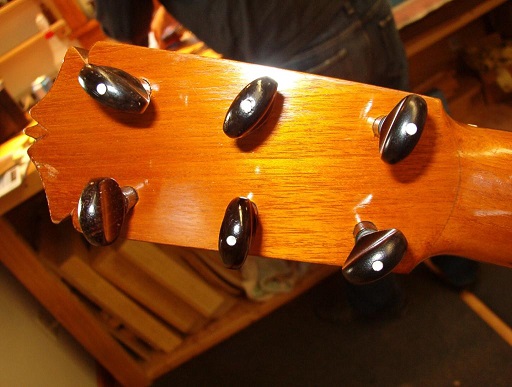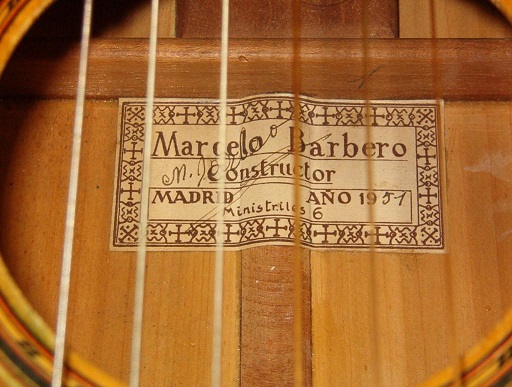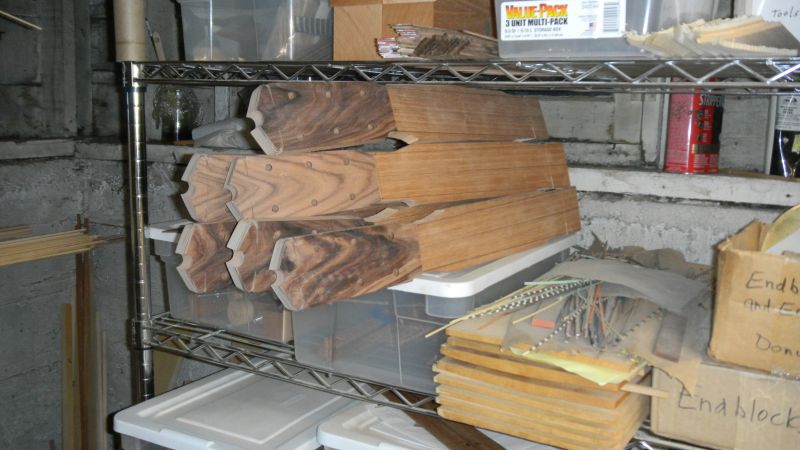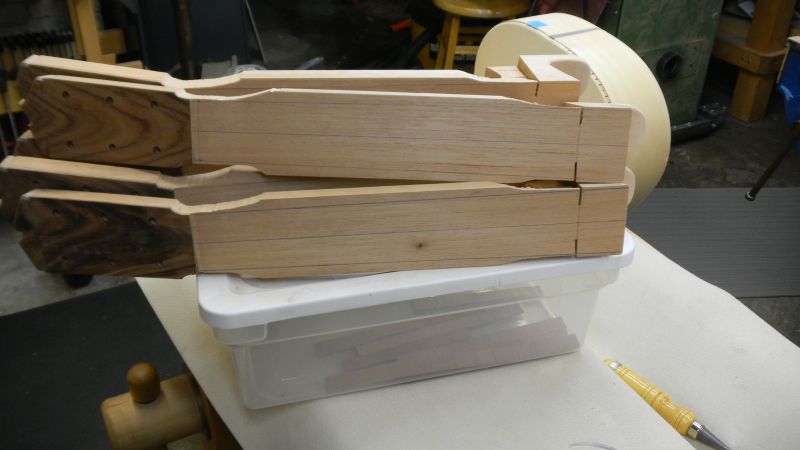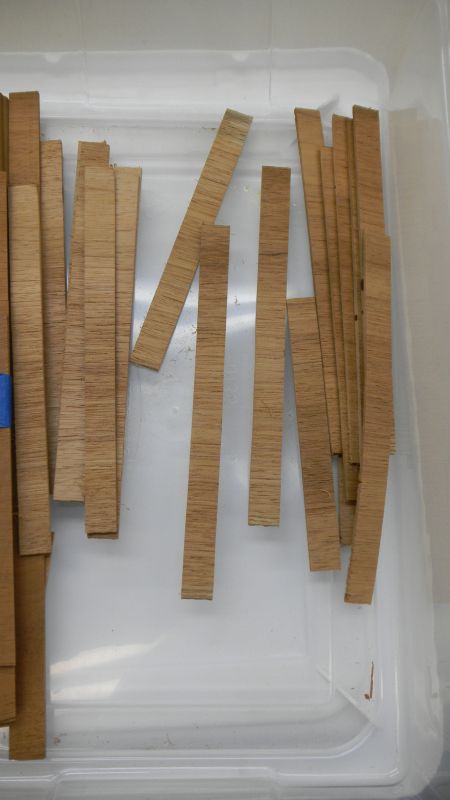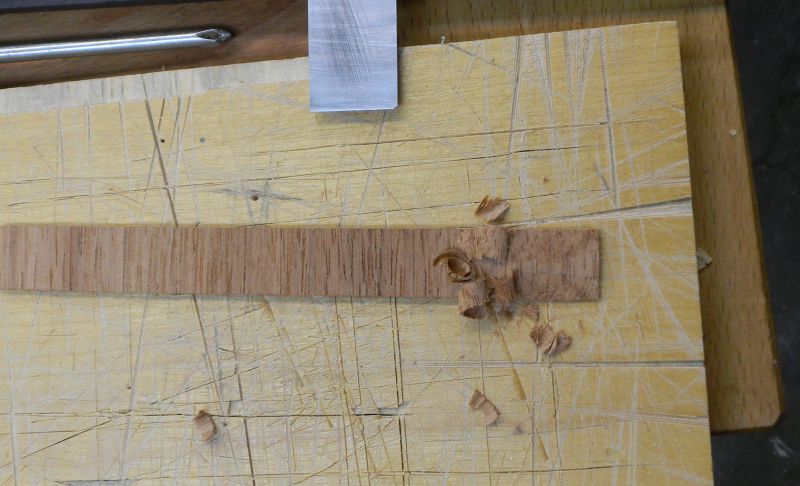|
constructordeguitarras -> RE: Barbero wood details? (Apr. 1 2015 3:35:28)
|
I have a book which has details of what is purported to be a representative Marcelo Barbero flamenco guitar from 1954. The book, edited by Jose Romanillos, is "La Guitarra Español," based on an exhibition of Spanish guitars at Museo Municipal Madrid and The Metropolitan Museum of Art (New York) 1991-1992. It says:
"This guitar has a spruce soundboard with seven fan-struts on the lower bout and two harmonic bars, one above and one below the soundhole. The two piece back and ribs are of cypress. The back has three equidistant transverse bars on the lower bout, waist, and upper bout. The cedar neck has an ebony fingerboard with nineteen metal frets. The face of the head is veneered with rosewood, and the pegs are rosewood." (p. 180)
I did a Google search of "Marcelo Barbero guitar label" and found photos of the labels and the back strips, which seem to be cross-grain as I would expect. Here is a link to a webpage with such a photo:
http://www.kentguitarclassics.com/classical-guitars/marcelo-barbero/marcelo-barbero-1953-flamenco-2
|
|
|
|
